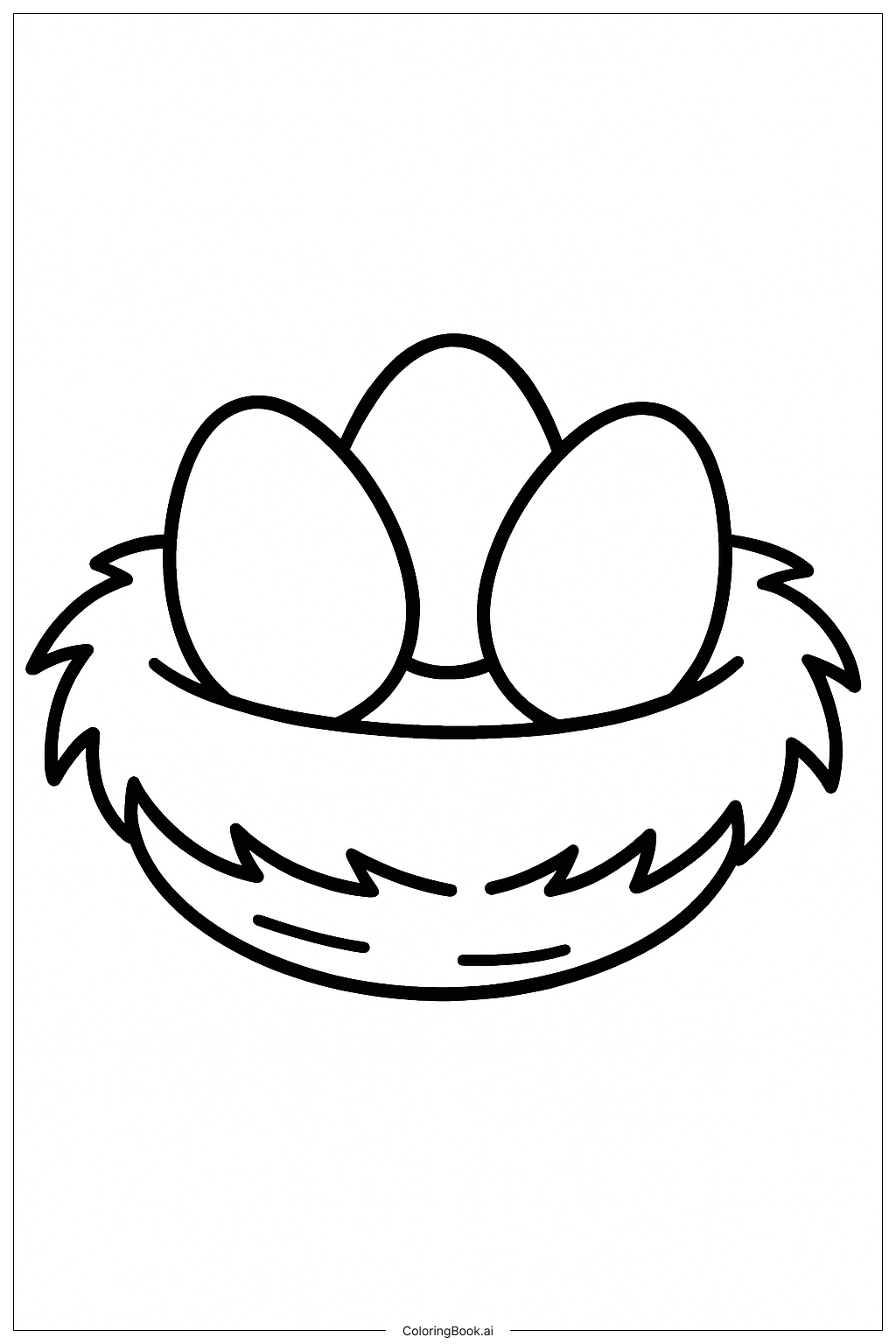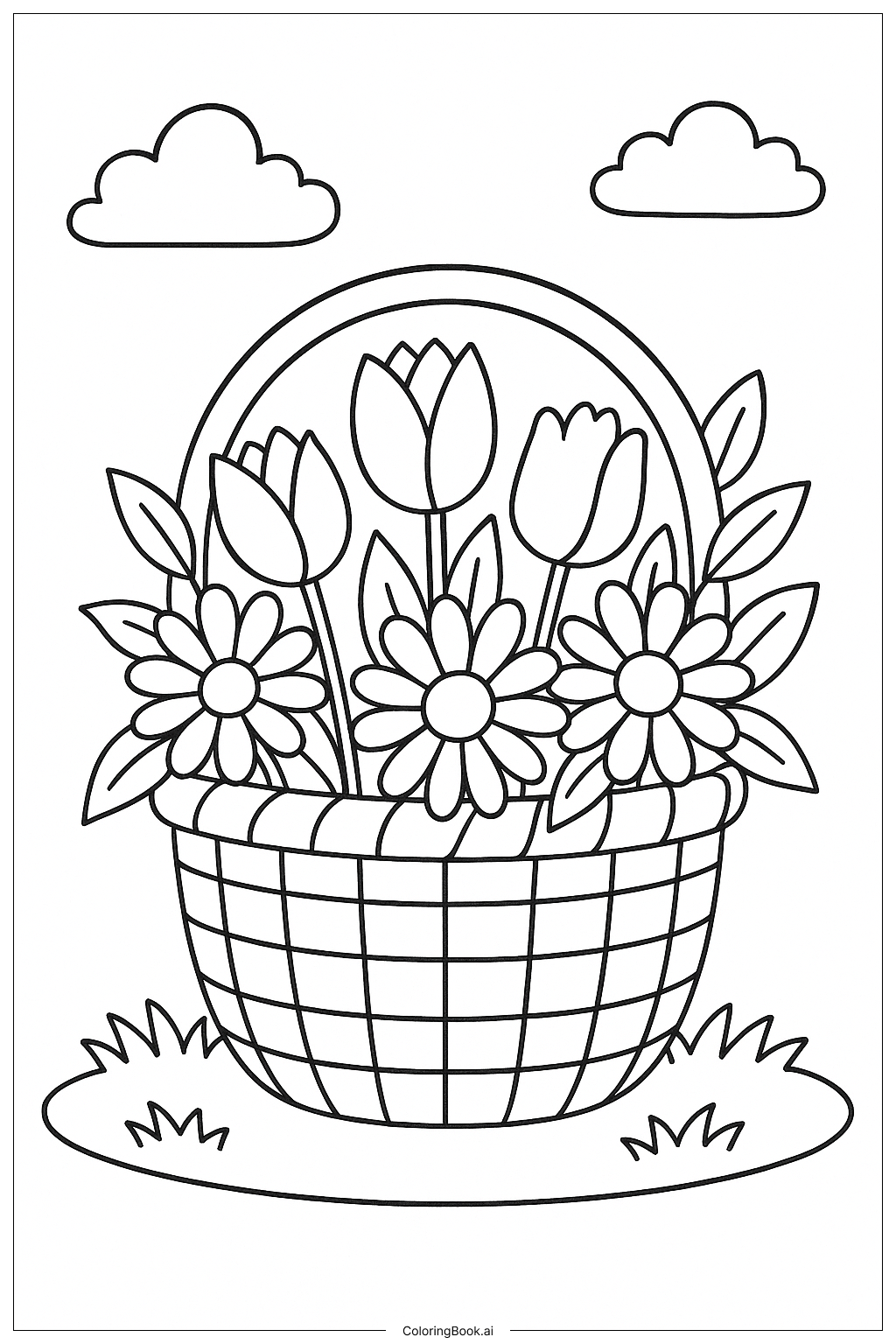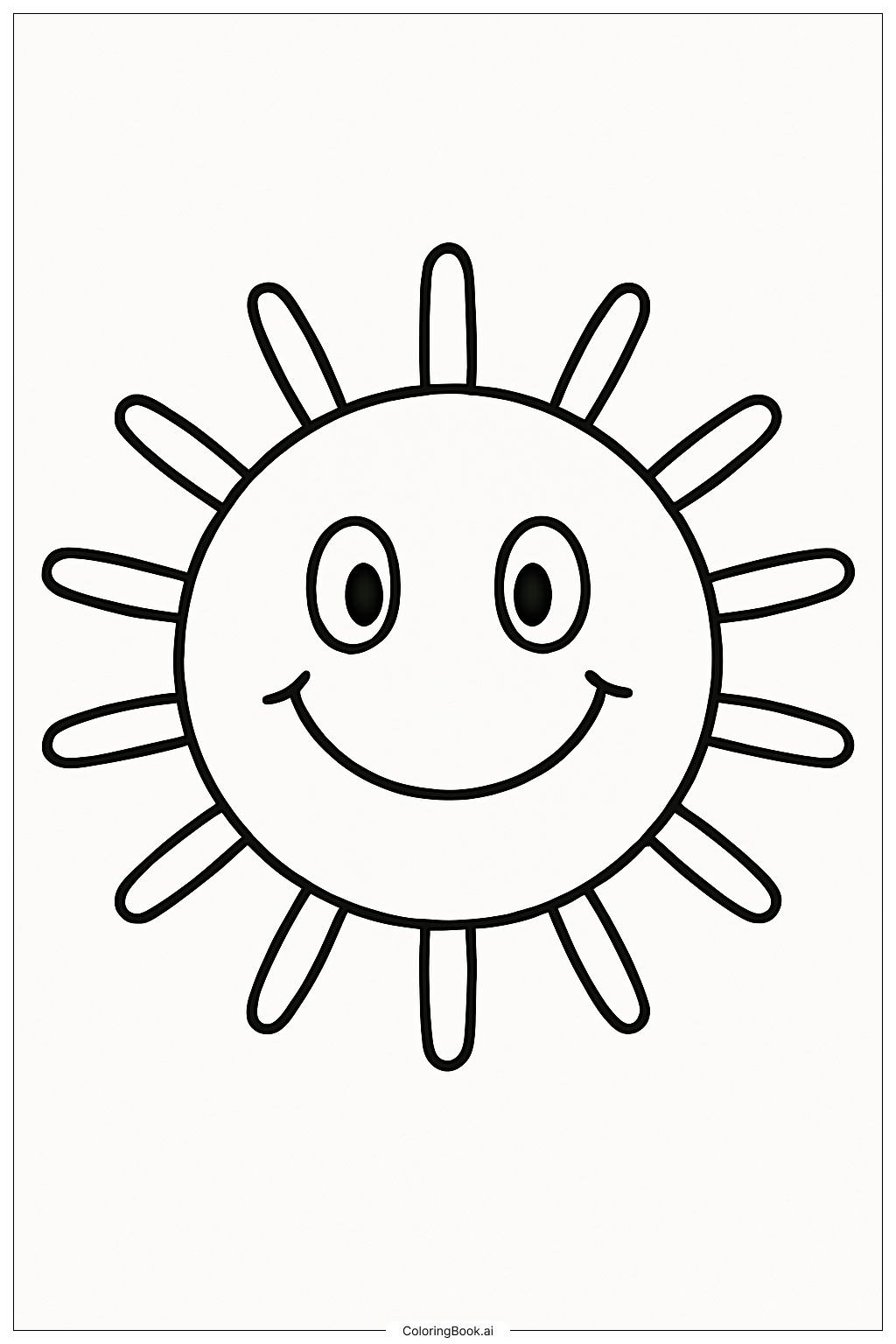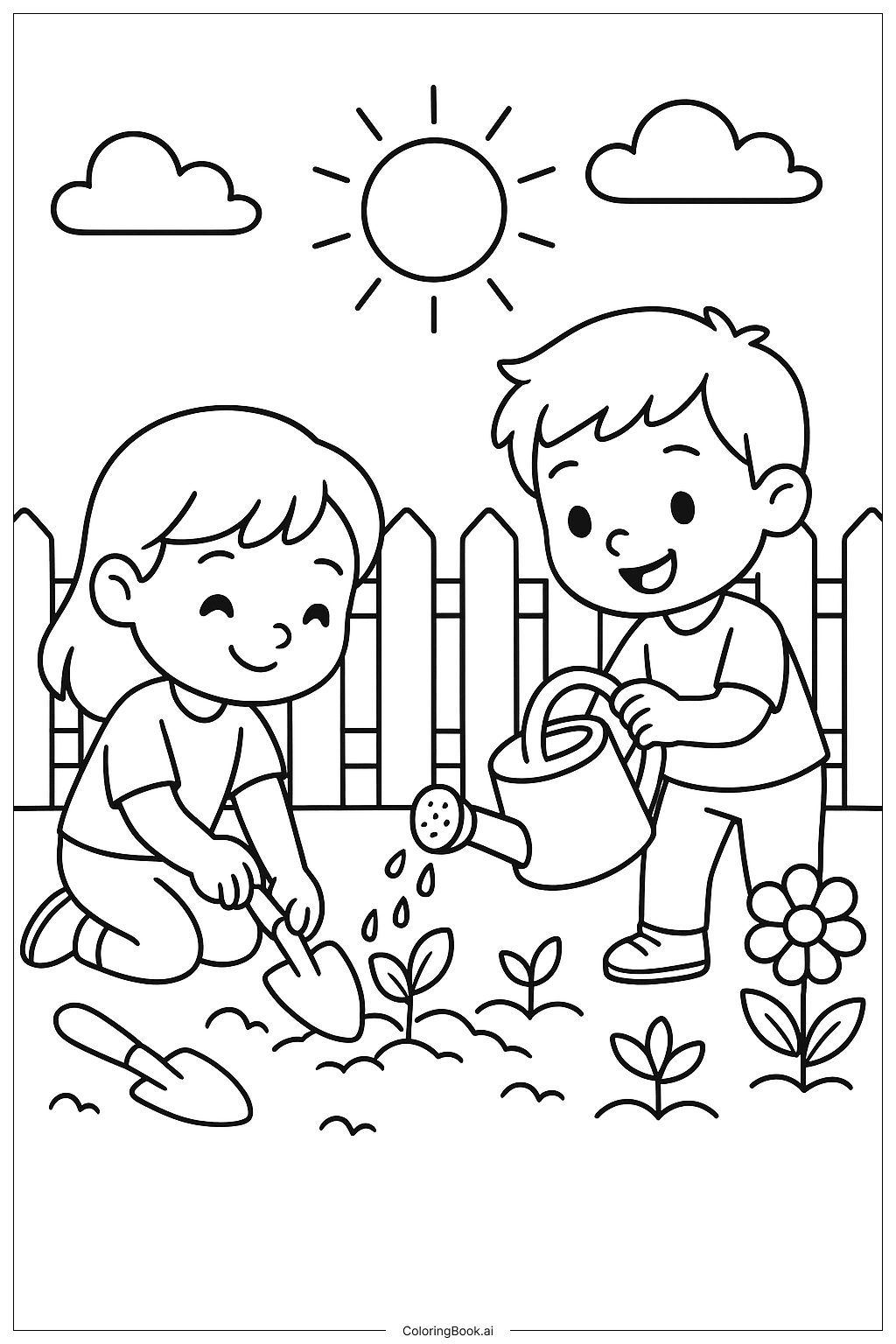Coloring tips: How to color A Simple Spring Nest with Eggs coloring page well?
Try using soft and warm colors for the nest like brown, beige, or light orange to show the natural twigs. For the eggs, you can use pale colors such as cream, light blue, or soft green to make them look delicate. You can also add small colorful spots or patterns on the eggs to make them more interesting. Use light shading along the edges to give the nest and eggs a round and 3D feeling. Keep the background simple with light green or blue to represent spring sky or grass.
Coloring challenges: Which parts are difficult to color and need attention for A Simple Spring Nest with Eggs coloring page?
1. Coloring the small details of the nest twigs can be tricky, as the edges have many sharp points and thin lines. Staying inside these lines requires careful attention.
2. Creating a smooth and natural look on the eggs can be hard because the shapes are simple but need gentle shading to look realistic.
3. Blending colors softly to show the roundness of the eggs and the texture of the nest requires some skill with colored pencils or crayons.
4. Choosing colors that look natural but not too dark or too bright can be confusing, especially for younger children.
5. Filling the nest area evenly without overlapping the eggs or going outside the nest lines can be a challenge.
Benefits of coloring books: Advantages of drawing A Simple Spring Nest with Eggs coloring page
Coloring this spring nest helps children improve their fine motor skills by working within the small, curved shapes of the nest and eggs. It encourages creativity when choosing colors for the eggs and nest, allowing kids to explore natural and imaginative color schemes. This activity also teaches kids about spring and bird life, connecting art with nature. Focusing on shading and gentle color blending helps develop patience and attention to detail. Overall, coloring this picture is a fun way to practice skills and celebrate the beauty of spring.




